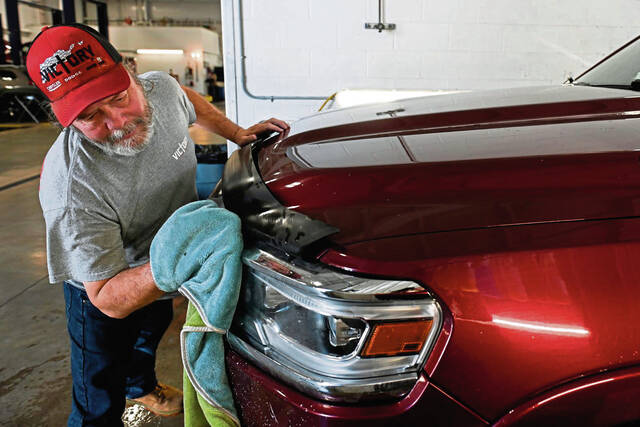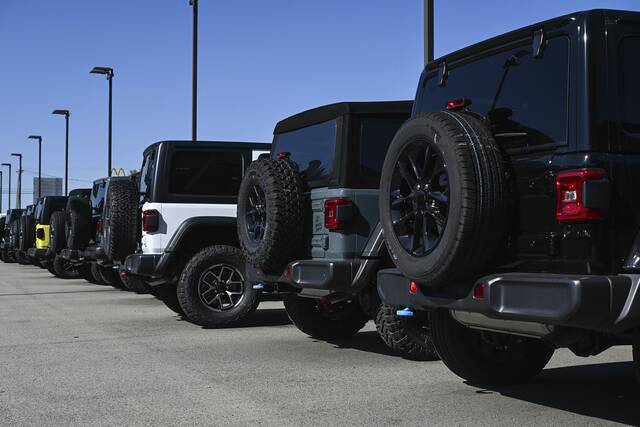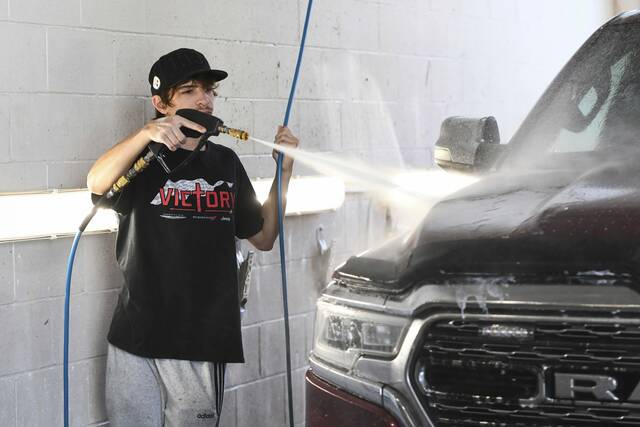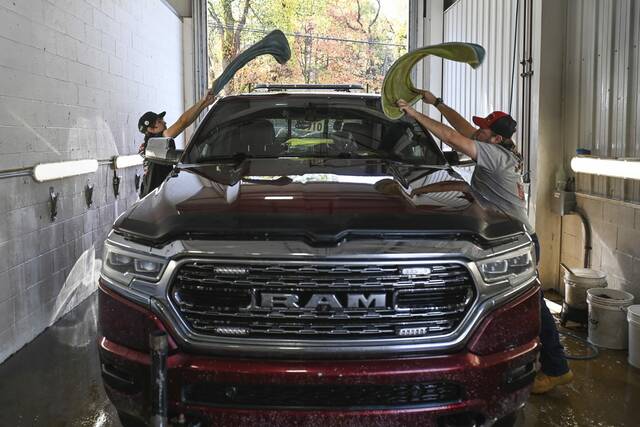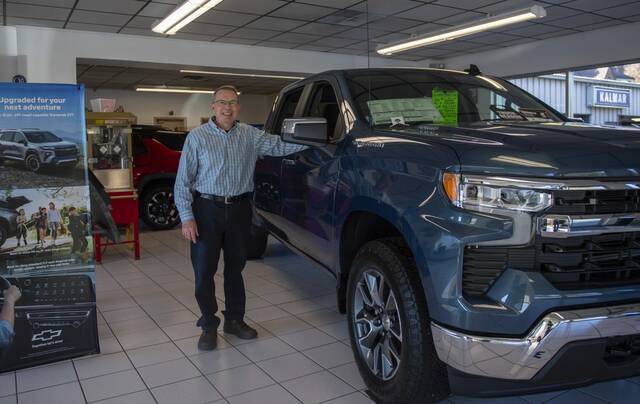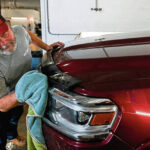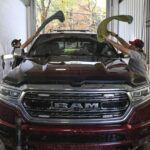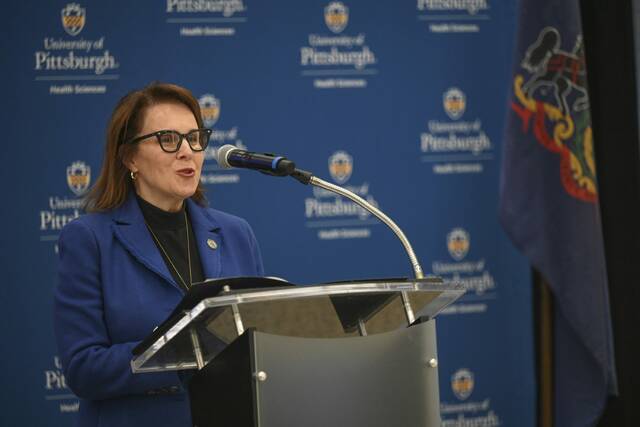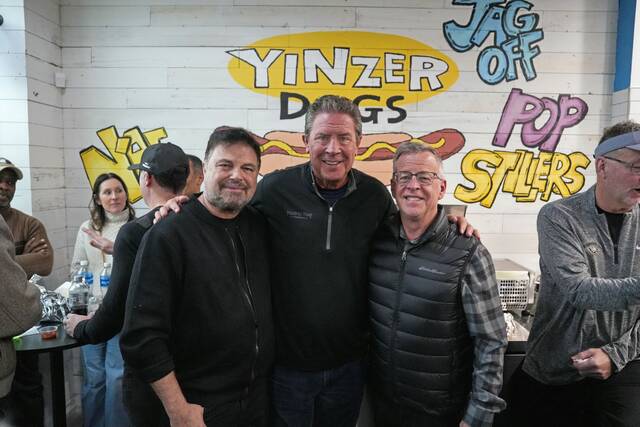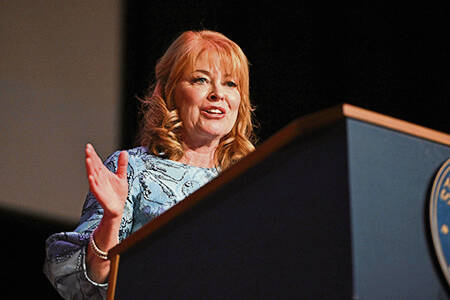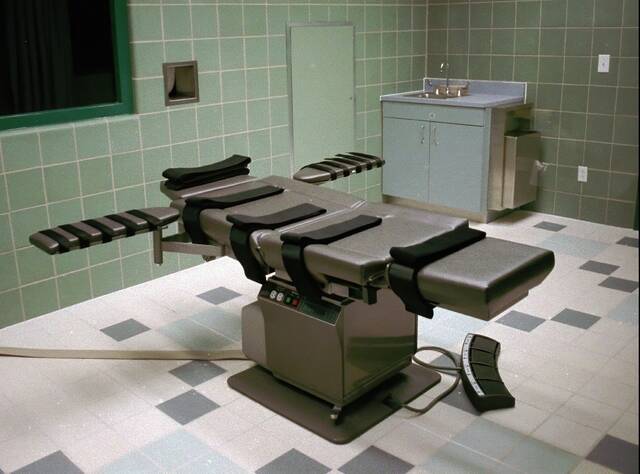Editor’s note: This is the seventh story in an occasional series on the causes and impact of inflation.
Car buyers who haven’t been in the market for a while might be in for some sticker shock.
In the past five years, the average price paid for a new vehicle has jumped from about $38,000 to $47,000 — a 19% increase. Used vehicles have gone up roughly 28% over that same span, from $18,000 to $25,000.
That’s according to Cox Automotive, an industry analyst that also measures days’ supply of unsold new vehicles by comparing available units with the pace of sales. Brands, on average, had less than a month’s worth of available new vehicle inventory for parts of 2021.
That number has since recovered to pre-pandemic levels, accompanied by a drop in prices, but there are lingering effects on a car market that faced pressure from all sides at the height of covid, industry experts and dealers told TribLive.
Chip Lupo, a writer and analyst with personal finance firm WalletHub, said it started in 2020 with factory shutdowns and a global semiconductor chip shortage that crippled manufacturers’ capacity.
To make matters worse, “once the economy reopened, there was a rise in demand for both used and new cars,” leading dealerships to sell their limited inventories at elevated prices, he said.
These days, it’s a more buyer-friendly market.
The Consumer Price Index, calculated by the federal Bureau of Labor Statistics, shows new car prices down 1.3% in September compared to the same time last year — the seventh straight month of slow decline.
Used car prices are down 7.5% by the same metric, part of an erratic but persistent drop in prices that started nearly two years ago.
Those same automotive professionals predicted the used car market will smooth out, just as new cars have, but there’s no question the floor has been permanently raised on costs across the board.
Supply chain snags and advanced air bags
As Lupo noted, covid set off supply chain issues that have kept the industry off-kilter, especially a global semiconductor shortage that affected many sectors, such as consumer electronics.
Semiconductors, also known as microchips, act as the brains of all types of electronics. Modern cars use a lot of them — around 1,000 by some estimates — for things like transmission systems, touchscreen displays and even glove boxes.
The chips that were available went to more feature-dense, premium vehicles that carried a higher price tag, according to Rob Cochran, chairman and CEO of auto retailer #1 Cochran.
“The (advanced driver assistance systems) that are in the cars, the sensors and the backup cameras, all the beeping people hear, it adds cost to the vehicle,” Cochran said. “It adds safety, but there are costs that come with it.”
Mark Schirmer, director of industry insights and corporate communications for Cox, added electric vehicle sales have grown to just shy of 10% of the market, and these vehicles tend to be more expensive than their gas-powered counterparts. And a shift away from smaller models has further baked in high prices, he said.
“Many domestic automakers, including Ford and Chevy, have pretty much stopped making budget-minded products like the Ford Fiesta and Chevy Cruze,” he said. “There still are a lot of great cars prices in the mid-$30,000 range, but they are offset by many expensive vehicles. The average full-sized pickup truck — a very popular product — costs in the neighborhood of $65,000 now.”
While Schirmer’s price estimates may be generally true, at Nick Chevrolet in Tarentum, customers can drive off the lot in a Chevy Trax for about $26,000. Sales Manager Mark Koprivnikar said it’s a bestseller because of its affordability and fuel efficiency.
Manufacturer incentives suggest buyers are seeking deals — or at least have some more leverage than they did a few years ago. These can look like rebates, lease support or favorable financing.
The average amount of a new vehicle’s cost covered by these incentives reached 7.2% in September, up from 4.8% the same time last year. It had climbed to 10.8% in December 2019, before the pandemic disrupted market dynamics.
“Certainly, at a retail standpoint and a dealer standpoint, there is discounting and aggressiveness toward pursuing the consumer transaction,” Cochran said.
Market recovery
While the used lot at Nick Chevrolet may look full, Koprivnikar admitted it’s a bit of an illusion since some are new cars. The dealership sells new vehicles on one side of West Seventh Avenue and used vehicles on the other.
At used-only dealerships in Western Pennsylvania, half-empty lots are a common sight.
“It’s still hard to buy used cars,” said Koprivnikar, who participates in online and in-person auctions to stock his lots, in addition to the trade-ins and lease expirations he processes.
The reason: “You need to sell new cars to get used cars,” he explained.
Schirmer calls it the waterfall effect, when shifts in the new car market travel downstream to the used side of the industry.
For a secondhand or thirdhand vehicle to be worthwhile, it must have some value compared to a new one, he said. So, when new car prices are relatively low, used cars become less attractive, and when new car prices climb, they seem like a bargain in comparison.
“You look at 2021 and 2022 when we had a huge shortage of new vehicles, used vehicles went up because there weren’t a lot of units,” he said.
Shopping around
Several trends suggest vehicles will get cheaper going forward, putting buyers in the driver’s seat.
The days’ supply is hovering around 70 days, as it had done before covid.
And the used car market is starting to rebound, at least for some. Tony Vincent, a salesman at Wheel Deal Auto Sales in New Kensington, said the group has found it easier to secure cars at auction as of late, allowing them to drop prices a bit.
The Federal Reserve interest rate cut in September also should help, experts predict, after two years of high rates that helped tame inflation but made borrowing more expensive for consumers. The central bank lowered its key rate from roughly 5.3% to 4.8%, bringing some relief to prospective car buyers, but “it won’t be a game changer,” Lupo said.
All in all, Schirmer advised prospective buyers to at least take a test drive or two in the coming months.
“We do expect the market to get better for buyers in the near-term,” Schirmer said. “Certainly, the market is worth putting your toe in now.”
Inflation Explained:
• Housing costs driven by supply and demand
• As material, labor costs rise, so do insurance premiums
• Cheaper consumer electronics an outlier among industries
• Restaurants balance rising costs with consumer preferences
• A multitude of factors go into grocery prices
• It seems everything is more expensive than 5 years ago. Here’s why.


